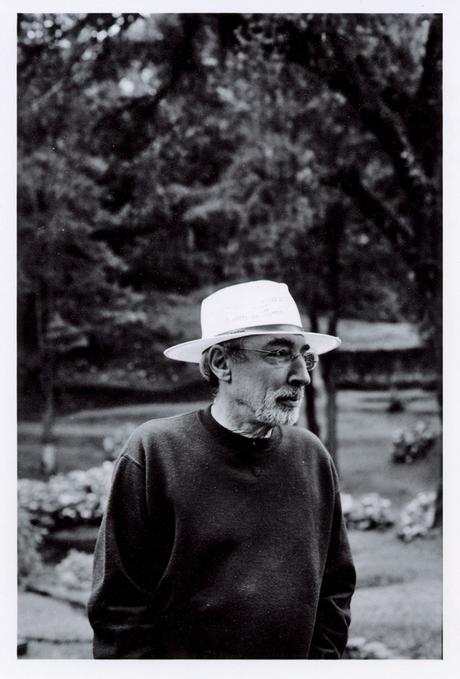
Furniture designer Percival Lafer at his country home in Campos do Jordão, Brazil, in 2011.
Mention modern Brazilian furniture and names like Sergio Rodrigues, Joaquim Tenreiro, and Jorge Zalszupin come to mind. Yet the most prolific Brazilian furniture designer from the early 1960s to the mid-1980s is arguably Percival Lafer, comparatively unknown in the USA despite the examples of his work for sale today on 1stdibs and eBay.
Lafer credits the availability of his work here to the 35 Brazil Contempo stores that existed stateside from 1970 to 1985. When he began making furniture in 1961, his vision was to “bring good design to everyone, not just the intellectual elite” with modern, well-made pieces that were mass-produced and affordable. That he did, with “an incomparable product for the price,” says Joanne Podell, cofounder of the now-defunct retailer. “Percival’s furniture not only captured the modern aesthetic of the moment, but was exquisitely crafted using gorgeous, solid hardwoods that were novel to U.S. consumers.” With burnished leather upholstery and meticulous finishing details, Lafer’s pieces were also big sellers in Western Europe and Scandinavia.
Ironically, Lafer never intended to be a furniture-maker. In 1960, as a senior at the prestigious Mackenzie Presbyterian University College of Architecture in São Paulo, he’d already admired Tenreiro, Zalszupin, and the then-emerging Rodrigues, all renowned for embracing Brazil’s nascent design ethos of the midcentury. But like 2006 Pritzker Prize winner Paulo Mendes da Rocha, who graduated from Mackenzie in 1954 and began making waves with his innovative concrete buildings by the early 1960s, Lafer planned to practice architecture—until his father, a furniture dealer, died right before his graduation.
While mourning, “my brothers and I decided to all work together to insure the continuity of the company,” says Lafer. “But I didn’t want to do retail, and our lines were traditional.” He found solace in the store’s small custom upholstery workroom, where his tinkering yielded the streamlined MP-001 armchair, produced in 1961. A T-shaped steel base covered with thin pieces of solid rosewood, it had an upholstered seat crafted out of layers of foam instead of springs.
“I made it in a modern way,” explains Lafer, noting that the blend of steel and wood in his designs was informed by the analogous structures of architects Oscar Niemeyer and Mendes da Rocha, whose work posed “a real departure from traditional methods.” In short order, the chair was a huge hit and Lafer built his first bona fide factory.
Around that time, Rodrigues, eight years Lafer’s senior, introduced his now-iconic Mole chair, which Lafer notes “influenced not only me, but a whole generation.” Rodrigues paid Lafer a visit in the late ’60s, after his MP-041 collection took off. Though he was initially wary of the seeming similarities of their work, recalls Lafer, “He recognized they were true originals that only helped to expand the market for this kind of ‘Brazilian look.’ We developed a relationship of great respect for each other.”
By 1974, Lafer had produced a prolific and diverse range of work, including the now-vintage MP Lafer sports car, kiosks, telephone booths, and fiberglass architectural components. In 1985, when shipping costs increased exponentially, Brazil Contempo stores came to an abrupt halt in the States. By then, Lafer was immersed in making ergonomically correct recliners, which he continues to produce today for the home and healthcare markets. “I’ve always been drawn to the motion features of furniture,” he says. “The engineering and design work that goes into its mechanisms is fascinating and fulfilling.” Though chairs are once again his present mainstay, he still doesn’t necessarily consider himself a furniture designer: “I love to make physical objects, and I’m constantly thinking about all the ways I can improve them.”
